Types of Yerba Mate Gourds
Understand the difference between gourd types so you can choose which works best for you.
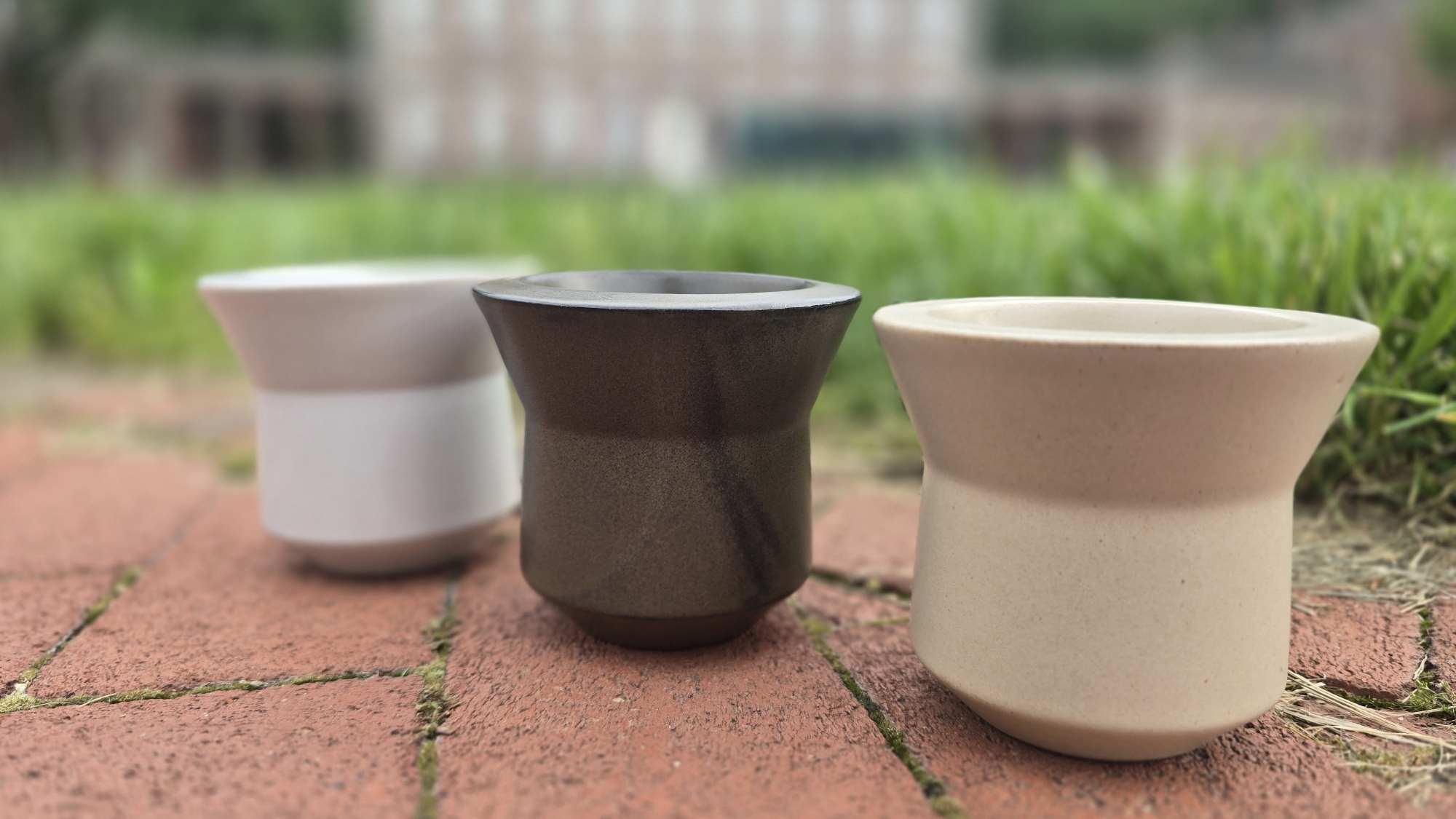
Understand the difference between gourd types so you can choose which works best for you.
Depending on where you are or what you have available, there are many different ways to drink yerba mate. Some examples are natural calabash gourds, wooden cups, ceramics, glass, horns, and the list goes on. Each has its pros and cons so we're here to help you choose the perfect mate.
A friend asks me which mate gourd to start with...
My quick and simple answer is to start with a stainless steel mate gourd. They are the easiest to maintain, easy to buy, and don't require curing.
I definitely recommend also buying the other gourd types to embrace the full yerba mate experience but start simple and add to your collection as you go.
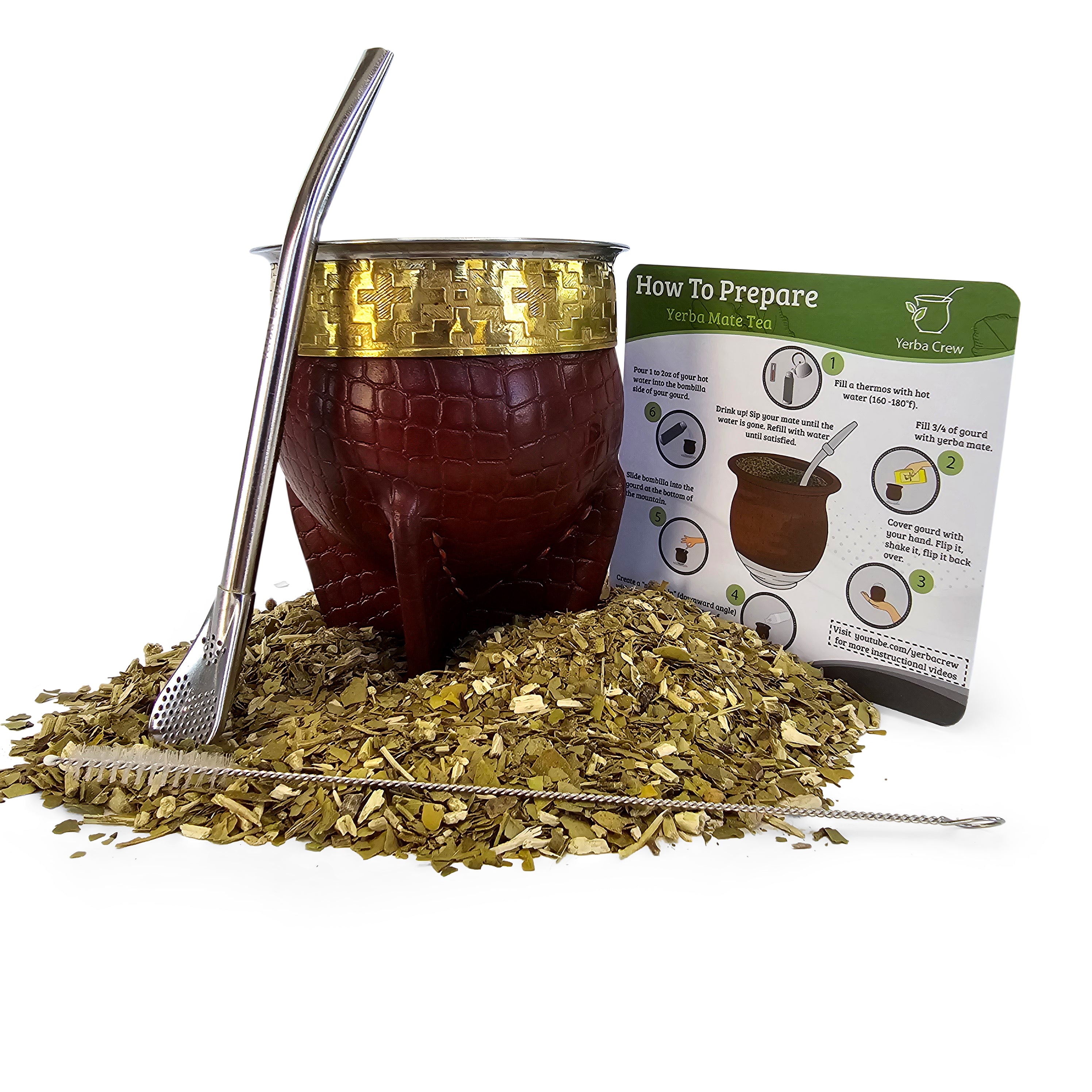
Mate Gourds
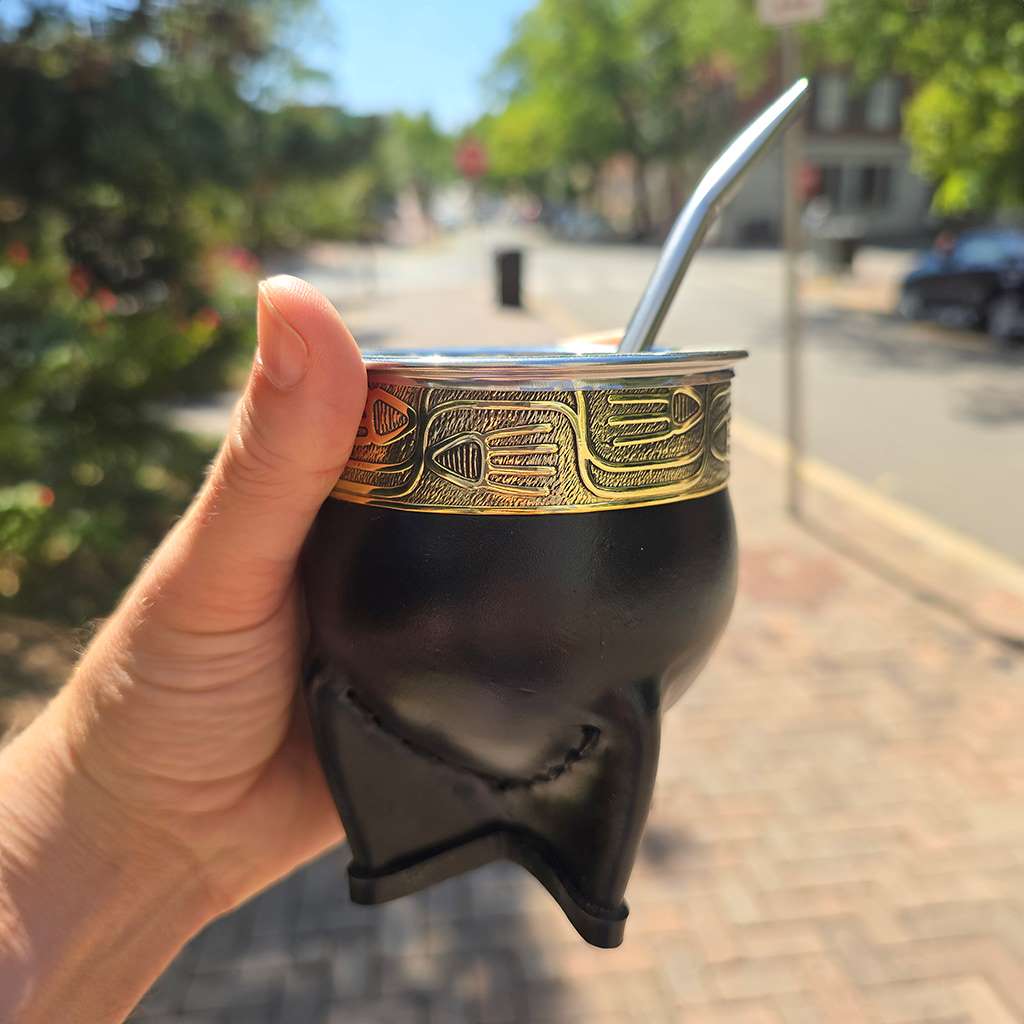
Best Sellers
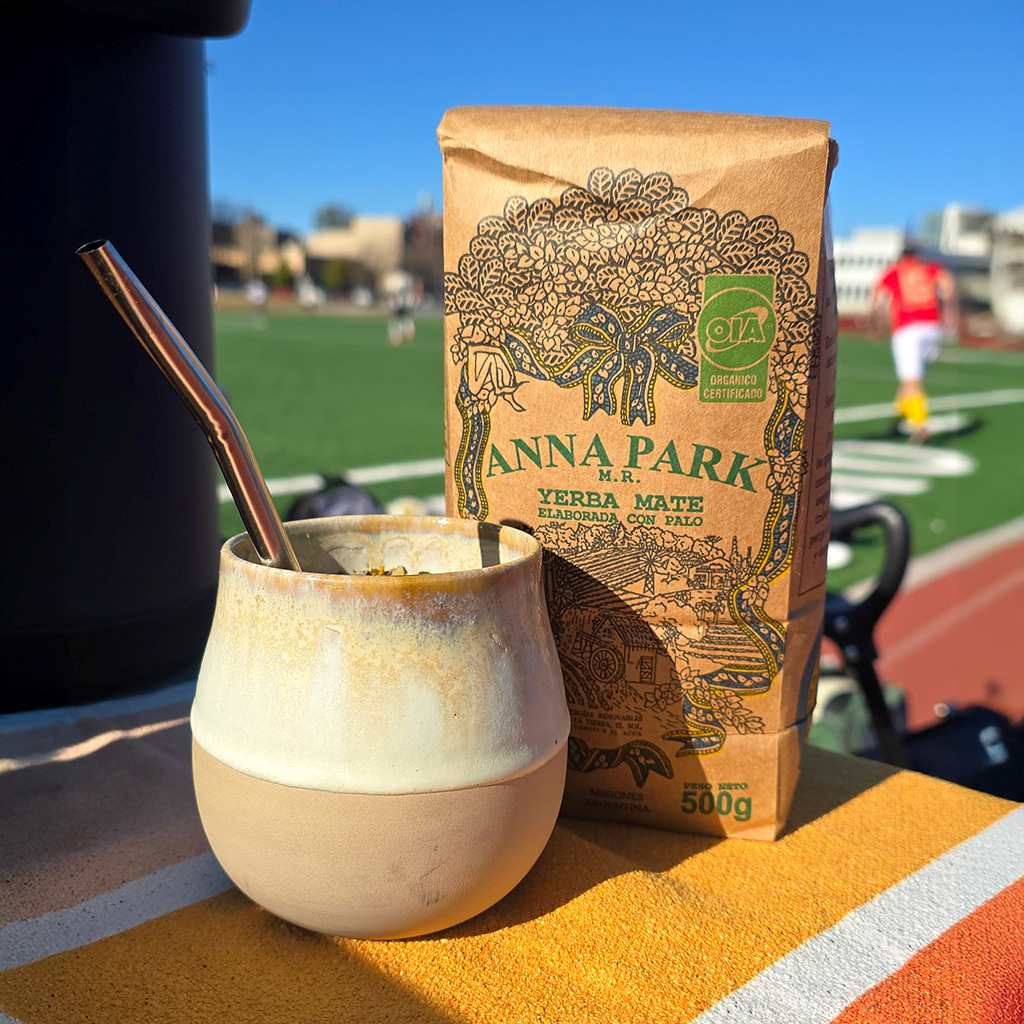
Yerba Mate Bundles
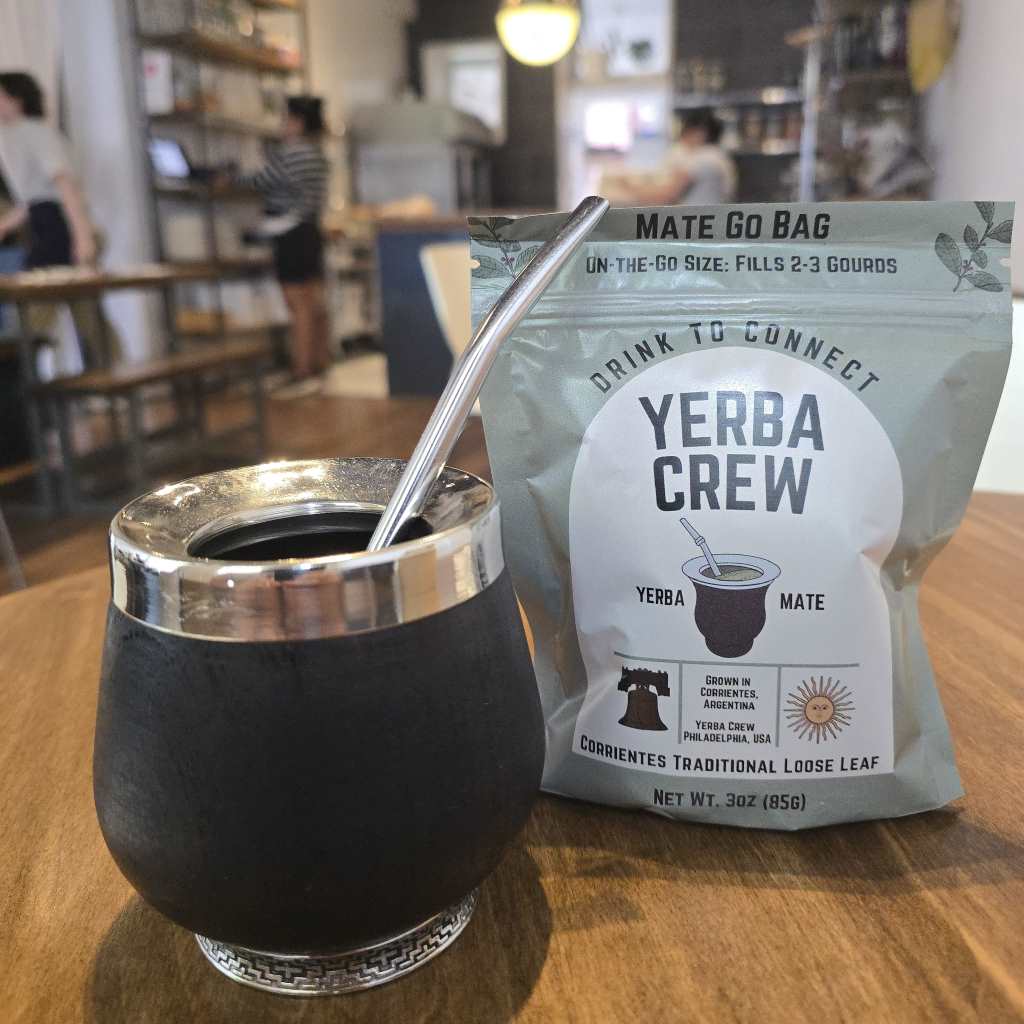
New Releases